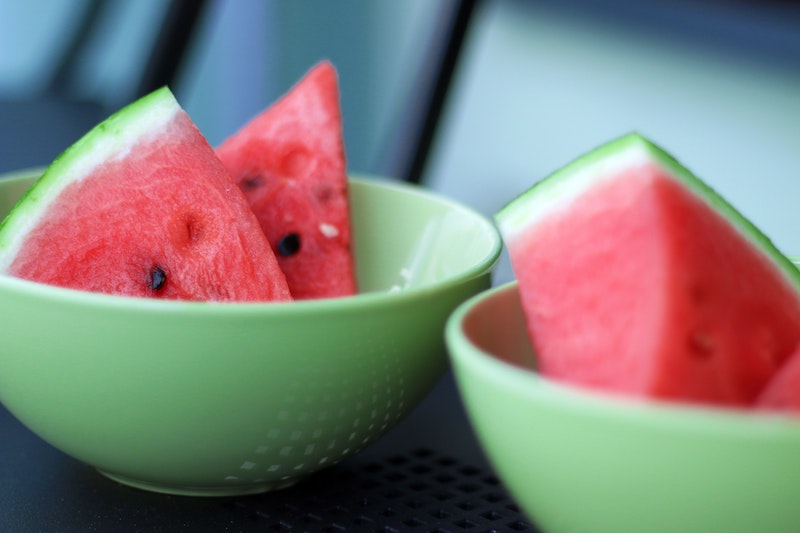Palatable foods are foods that taste good. The more palatable the food, the more we are driven to eat. Palatable foods are generally potent foods meaning extra sweet, salty and/or fatty. Sweet, salty and fatty foods trigger a pleasure response in the brain making it more likely for us to seek out these foods. The more we eat the more we want.
The majority of sugar in the typical American diet is added sugars. Fifty percent of the increase in calorie intake over the past 30 years is due to sugar sweetened beverages i.e. soda, juices, sports drinks. Sugar sweetened beverages are the largest source of added sugar in the American diet at 35.7%. According to the American Heart Association (AHA) women should consume 100 calories or less (6 tsp) of added sugar/day and men 150 calories or less (9 tsp)/day. Decrease sugar intake by drinking water, unsweetened teas/coffee, low sugar jams/jelly, decreasing dressings and condiments, eat fewer processed and prepared foods, and choose fruit and vegetables over candy for snacks.
Salt is essential for normal body function, but is only required in small quantities. The cheapest and easiest way to make foods palatable is to add salt. Salt is used to add flavor, prevent spoilage, retain moisture and enhance texture or thicken. The more salt we eat, the more bland unsalted or low salt food taste. Seventy-five to 80% of sodium in the US diet is from processed and prepared foods. The 2010 Dietary Guidelines for Americans recommends 2300 mg or less (<1 tsp)/day with the target level at 1500 mg or less. The AHA recommends 1500 mg or less for women. Reduce sodium intake by preparing meals at home and reducing meals at restaurants, avoid adding salt, read labels looking for low sodium snacks and crackers, eat fresh vegetables and fruit, limit use of high sodium condiments, and at restaurants ask for low sodium or low MSG foods.
Fat is a major source of fuel/energy. Fat aids in absorption of fat soluble vitamins (A, D, E and K) and phytochemicals (beta-carotene). Otherwise, fat makes food desirable, creamy, crunchy and rich. Binge foods are typically high fat. Saturated fats are solid fats and typically animal products. We have no dietary need for saturated fat. Saturated fats increase LDL’s, increase total cholesterol and increase risk for diabetes. Limit intake to < 10% total calories. Use oil vs butter, low fat cheeses, low fat or fat free milk, and trim fat from meat before cooking. Trans fats are also not essential and not beneficial. Trans fats are used because they are easier to cook with and less likely to spoil. Trans fats increase LDLs, decrease HDL, increase insulin resistance, and favor systemic inflammation. Limit intake to <1% of daily calories. If a product has < .5% trans fat/serving it can be advertised as 0 grams. Reduce solid fats by limiting cookies, ice cream, pizza, bacon, use fat free or low fat dairy, replace butter, lard and margarine with oils. Bake, steam or broil food rather than fry. Read labels and limit partially hydrogenated oils.
When trying to change eating and drinking habits, keep in mind it takes 8-12 weeks for a shift in taste preference. Amber Coulter, MSPT

